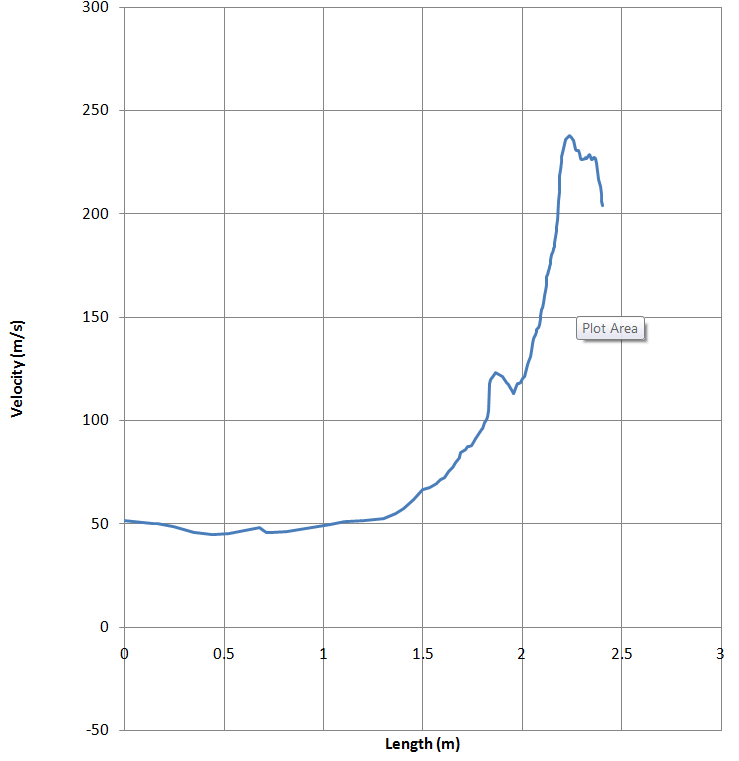This was from an equation. This image was just used to counter marekk's interpretation of the equations. He said they show that the flow goes under the car.malcolm wrote: This image shows a free stream, where the car does not interact with the flow
You know that, since you created it. Right?
No it's not like that. The diffuser does not perform work like a pump. This is why it's not always safe to assume that the flow under the car will suck everything around it because the pressure is low. If you watch the F1 car move in the rain or dust, you wont see dust being drawn in from around the sides. The car does the work and it is always pushing the air. So there's no definite rule of thumb.NOW, once we take into account that the diffuser generates low pressure, obviously that exhaust stream would be drawn back in, correct?
Tthe CFD takes into account all of these things you say and even more and iterates hundreds of times.Since that blue line would theoretically crash into the rear tire in a free stream where the rear tire (and the rest of the car) had no effect on the air (which is what you just said), then if you take into account the effects of the diffuser and the tire, then that blue like would likely end up going inside the rear wheel and SURPRISE, SURPRISE, through the diffuser.
But at what quality?Therefore, if some of the exhaust stream ends up following that blue line, then SOME of it may end up going through the diffuser.
Certainly not a higher quality of flow than a proper desinged redbull diffuser.
When it crashes into the tyre, it loses it benefits as the temperature is very low and the gases lose a lot of momentum and get very turbulent.
This was what made me doubt the diffuser blowing. The gas is at about 70 degrees C at the tyres and much of the energy is dispipated into the air by then as the gas has traveled about 1.5m.
It can be seen that this exhaust is not of a comparable quality going into the diffuser as other examples like the redbull and the mclaren.
The flow is slower, it is more turbulent; having crahsed into the tyre, the temperature is also lower.
So it can be reasoned that placing the exhuast so far upstream of the car to blow the diffuser downstream, cannot be as effective as blowing the sides of the diffuser point blank.
What was said previously is that in some cases a few puffs of gas will go between the tyres. It's somewhere in this thread.I do agree with you that the effect is probably largely to fill in the front tire wake (your CFD shows that quite well) and to heat the air at the leading edge of the floor, but your hard-headed stance that no exhaust will possible go into the diffuser is quite frankly unfounded (unless there are some vector or streamline plots that you are withholding... which is why I asked if you had them so I could better understand roughly where the air would go).
But some people are acting like if a puff of smoke goes into a diffuser it's like Nirvana and the car turns into a downforce monster. That one puff is what they need to save face.
I am not withholding any thing at all. There is no sleeping giant.





